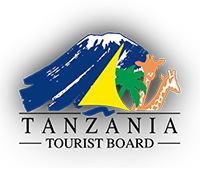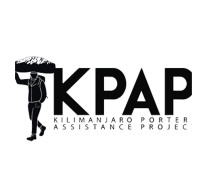Weather At Kilimanjaro
Weather on Mount Kilimanjaro: What to Expect .
Mount Kilimanjaro, the tallest free-standing mountain in the world, offers a unique and diverse climate as you ascend through its different ecological zones. The weather varies significantly from the base to the summit, making it crucial for climbers to prepare for all conditions.
- Base to Rainforest Zone (800m – 3,000m / 2,600ft – 9,800ft)
- Heath & Moorland Zone (3,000m – 4,000m / 9,800ft – 13,100ft)
- Alpine Desert Zone (4,000m – 5,000m / 13,100ft – 16,400ft)
- Arctic Summit Zone (5,000m – 5,895m / 16,400ft – 19,341ft)
Temperature: Warm (15°C – 30°C / 59°F – 86°F)
Weather: Lush and humid with frequent rain, especially from March to May and November.
Tip: Lightweight, moisture-wicking clothing is best
Temperature: Moderate (5°C – 20°C / 41°F – 68°F)
Weather: Less humid, with occasional mist and strong sun during the day. Nights start getting colder.
Tip: Layering is essential to adjust to temperature changes.
Temperature: Chilly to very cold (-5°C – 15°C / 23°F – 59°F)
Weather: Dry, dusty, and windy with strong sun exposure.
Tip: Use sunscreen, sunglasses, and cover your skin to avoid sunburn.
Temperature: Extreme cold (-20°C – -5°C / -4°F – 23°F)
Weather: Harsh winds, freezing temperatures, and occasional snowfall. Oxygen levels drop significantly.
Tip: Thermal layers, insulated gloves, and a good sleeping bag are crucial.
Best Time to Climb Kilimanjaro
- Dry Seasons:
January – March (Less crowded, colder summit)
June – October (Best weather, high visibility) - Rainy Seasons:
April – May (Heavy rain, fewer climbers)
November (Short rains, unpredictable weather) - Final Thoughts
Kilimanjaro’s weather can be unpredictable, so climbers should be prepared for all conditions. Dressing in layers, carrying the right gear, and choosing the best season will enhance your climbing experience.
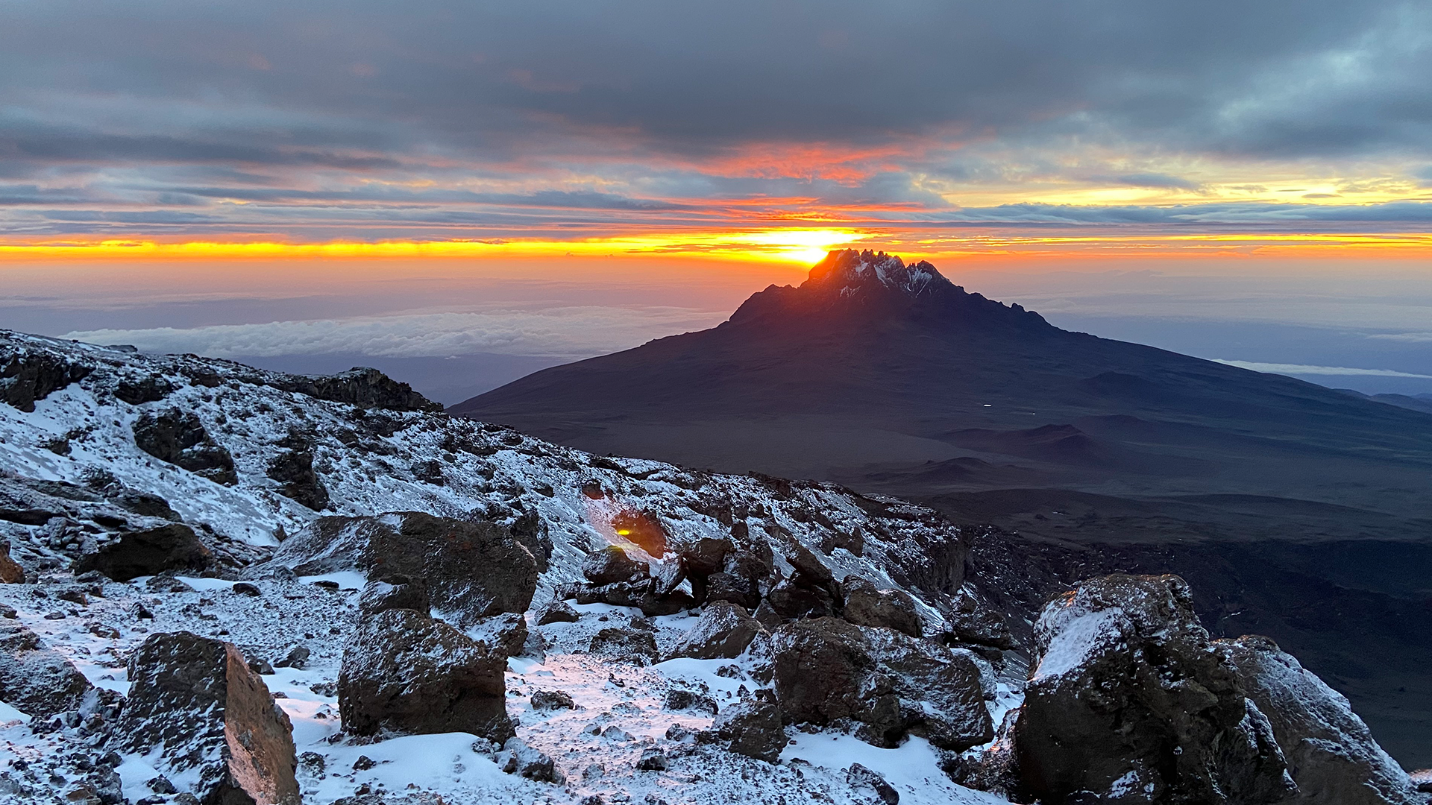
Suggested Hiking Tours to the Roof of Africa!
MOUNT KILIMANJARO CLIMBING
If you’re planning to hike to the summit of Mt. Kilimanjaro, the highest mountain in Africa, you’ll want to do it the right way. Trek the stunning Lemosho-Crater Camp Route, a beautiful, uncrowded trail on Kili’s remote southwest flanks. We perfected this trek with seven days on the mountain for optimal acclimatization, full porter service, expert guides, and extra time to acclimate on a mini safari in Arusha National Park.

8 Day Trekking
Kilimanjaro 7/8 Days Lemosho Route
8 Days Lemosho route climb is the best route for Kilimanjaro climbing Adventure. Lemosho Route is preferred by reputable operators due to beauty, remoteness and success rate.
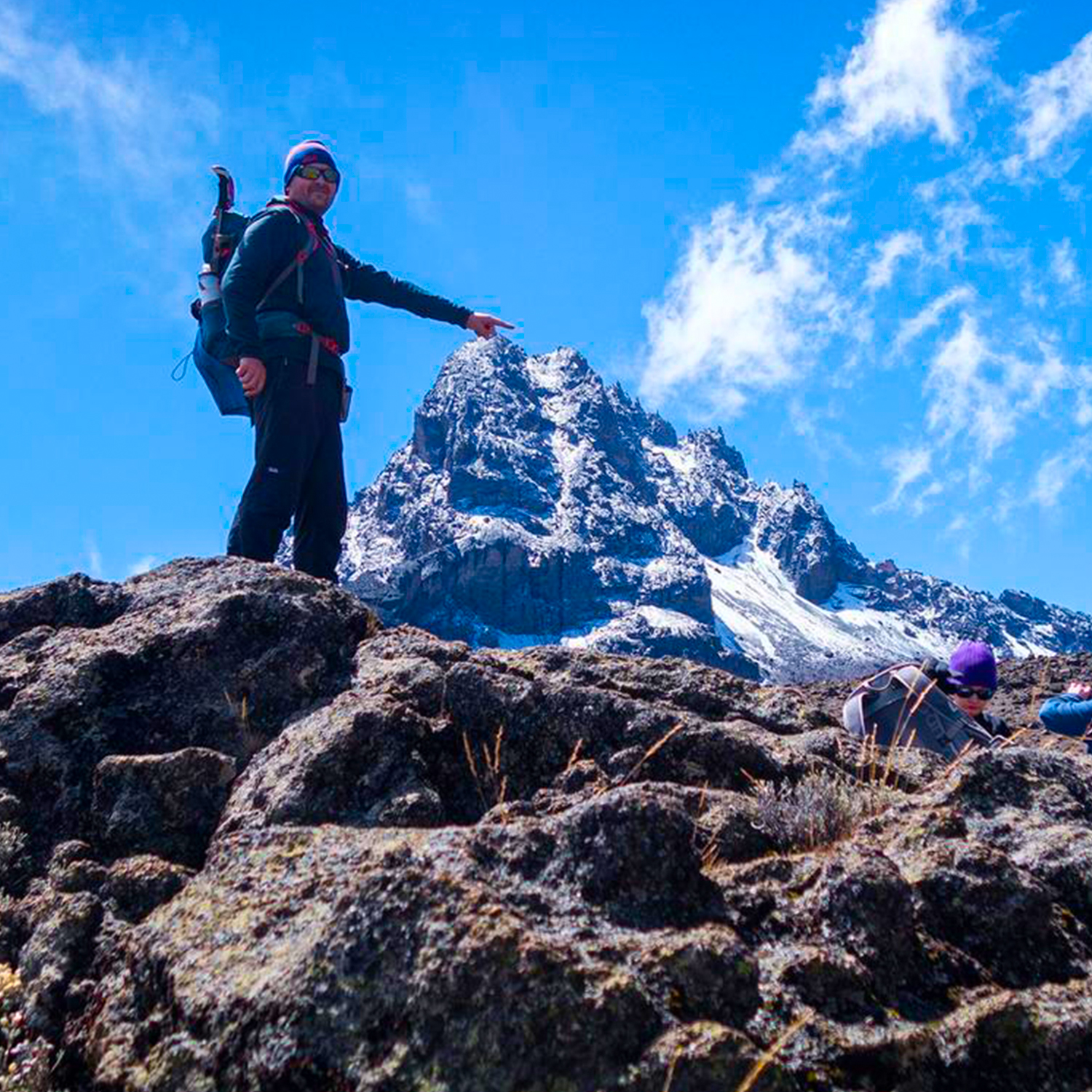
7 Day Trekking
Kilimanjaro 6/7 Days Rongai Route
The Kilimanjaro 7 Days Rongai Route hike is one of the easiest routes, and the success rate is very high.
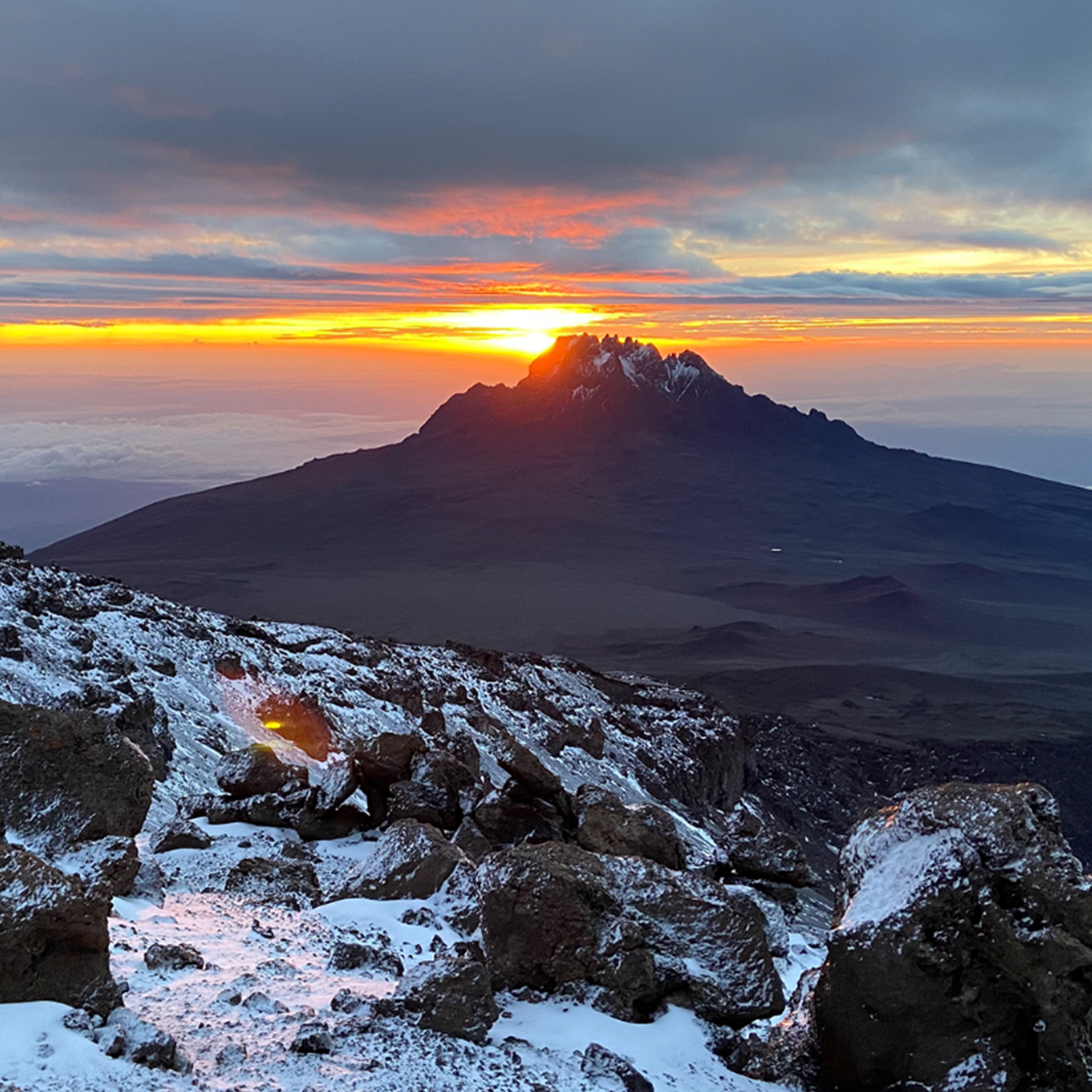
7 Days Trekking
Kilimanjaro 6/7 Days Machame Route
The 7 Days Machame Route begins on the southern side of Mount Kilimanjaro.
Our Partners


